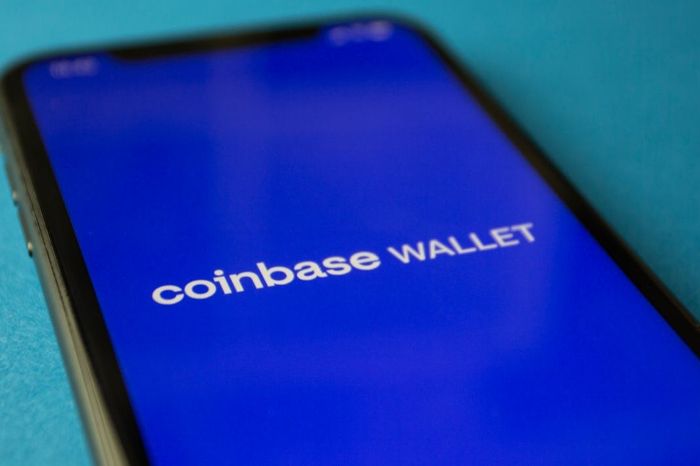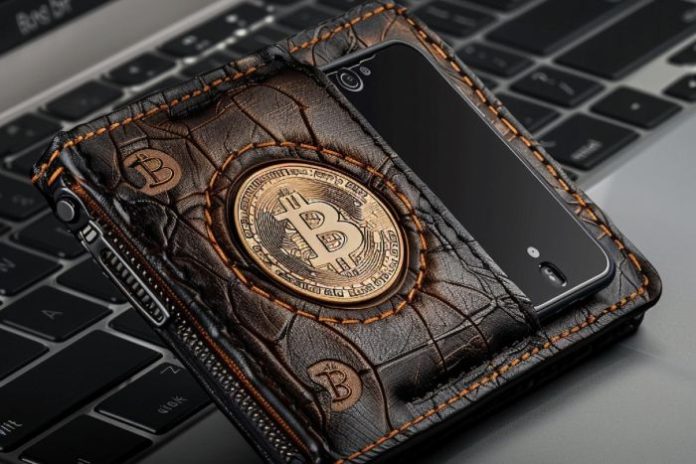With the rise in cryptocurrency prices, many new investors have joined this market. The crypto ecosystem can feel overwhelming for newcomers, with a variety of terms and abundant scams. But the world of digital assets doesn’t have to be so complicated. There are ways of navigating this market without risking your funds or data. The most fundamental aspect any crypto investor should know is how to store their funds in their first crypto wallet.
This post will explain how to set up your first crypto wallet. You’ll explore the different kinds of wallets available, looking to maintain a balance between ease of use and security.
Table of contents
- Why Your First Crypto Wallet Choice Decides If You Keep or Lose Your Coins
- Hot Wallets, Cold Wallets, and the Noise Around Them
- Setup That Actually Works for Beginners
- Mistakes That Empty Wallets Fast
- Free vs Paid Wallets — What Beginners Really Need to Know
- From First Crypto Wallet Setup to Real Trading
- Final Word: Keep It Simple, Keep It Safe
Why Your First Crypto Wallet Choice Decides If You Keep or Lose Your Coins
Choosing an appropriate first crypto wallet is fundamental because it is the only point of connection between you and your assets. Storing cryptocurrencies in an unsafe or compromised wallet puts the crypto holdings at risk. Likewise, mishandling the private keys can expose the coins to third parties or limit your access to your own wallet. But what does all this mean?
At the heart of crypto is the notion that holders truly own their coins, but that comes with the responsibility of taking care of them. Private keys are a set of characters that give anyone access to the coins, so to protect them, it is vital to prevent third parties from gaining access to these keys.
The details of this technology are too extensive to cover fully in this cryptocurrency guide, but let’s learn how to distinguish wallets first.
Hot Wallets, Cold Wallets, and the Noise Around Them
There are mainly two types of crypto storage options: hot and cold wallets. But these can be classified into other variants. Hot wallets refer to software that can be downloaded and are connected to the internet. There are mobile wallets available for different operating systems, like Android or iOS, and desktop wallets for Windows or Linux.
These software wallets are easier to handle, and they’re ideal for new investors and daily traders transacting small or medium-sized portfolios. But they’re online, so they can be more exposed to attacks.
Cold wallets are not connected to the internet, providing an extra layer of security. They can be hardware wallets that support multiple coins. There are even paper wallets; this concept means simply storing the private keys on physical paper.

Setup That Actually Works for Beginners
The best option for beginners is to go with intuitive and easy-to-use hot wallets, rather than getting into technologically complex software. Let’s take, for example, the Coinbase wallet, one of the most popular first crypto wallets in the ecosystem.
The first step is to download the app from an official source. Verify that it’s the legitimate version from the official company, either in the mobile apps store or the official website, depending on your operating system.
Once you start creating the wallet, the app will generate the private keys, also known as the seed phrase. Write this on paper and store it offline. It’s important to keep it in a physical medium to avoid exposing it to online attacks.
After that, you should add a strong password and activate two-factor authentication. Wallets will usually require you to do this before letting you use the app. It’s advised to test the wallet with a small amount first and take a look at the transaction fees and other details before depositing larger amounts.

Mistakes That Empty Wallets Fast
The main mistake anyone could make is to screenshot their seed phrases or store them online, either in messaging or note-taking apps.
It’s also important to be wary of phishing scams using QR codes. Avoid scanning codes from unknown sources or clicking on illegitimate links, as this could infect your device with malicious files. In the same vein, don’t trust all your funds into one custodial wallet; a better choice is to store larger sums in non-custodial options, where you control your public and private keys.
Overall, it’s crucial to implement strong passwords and additional security measures and back up important data like seed phrases.
Free vs Paid Wallets — What Beginners Really Need to Know
In general, software or hot wallets are free. Depending on the specific wallet chosen, it may charge additional fees for transactions or withdrawal fees. Hardware wallets do cost money because it is necessary to purchase the physical device. The advantage of cold wallets is that they are safer and give users full control over their funds.
Hardware wallets provide an additional layer of security because the coins are stored offline. For this reason, they are more suited for storing large amounts. This type of crypto wallet is an essential tool for any holder looking to make a long-term investment.
From First Crypto Wallet Setup to Real Trading
Deciding which type of wallet to use and setting it up is just the first step. Now let’s move into using it properly. The main use case is to store the coins bought on cryptocurrency exchanges. But wallets are also useful to make crypto transactions, for example, if the user needs to pay for a good or service, or to receive cryptocurrency from someone else.
Some hot wallets are useful as a gateway to the ecosystem of Decentralized Applications (DApps). These would let you store all compatible tokens, including non-fungible tokens (NFTs), and participate, for example, in DeFi protocols or crypto games.
Final Word: Keep It Simple, Keep It Safe
New crypto users must keep one thing in mind: the first crypto wallet choice they make should be about convenience and security, rather than additional features. The main purpose is to store the assets on a secure platform. With time, you can explore other options and check out more elements of the crypto market.











